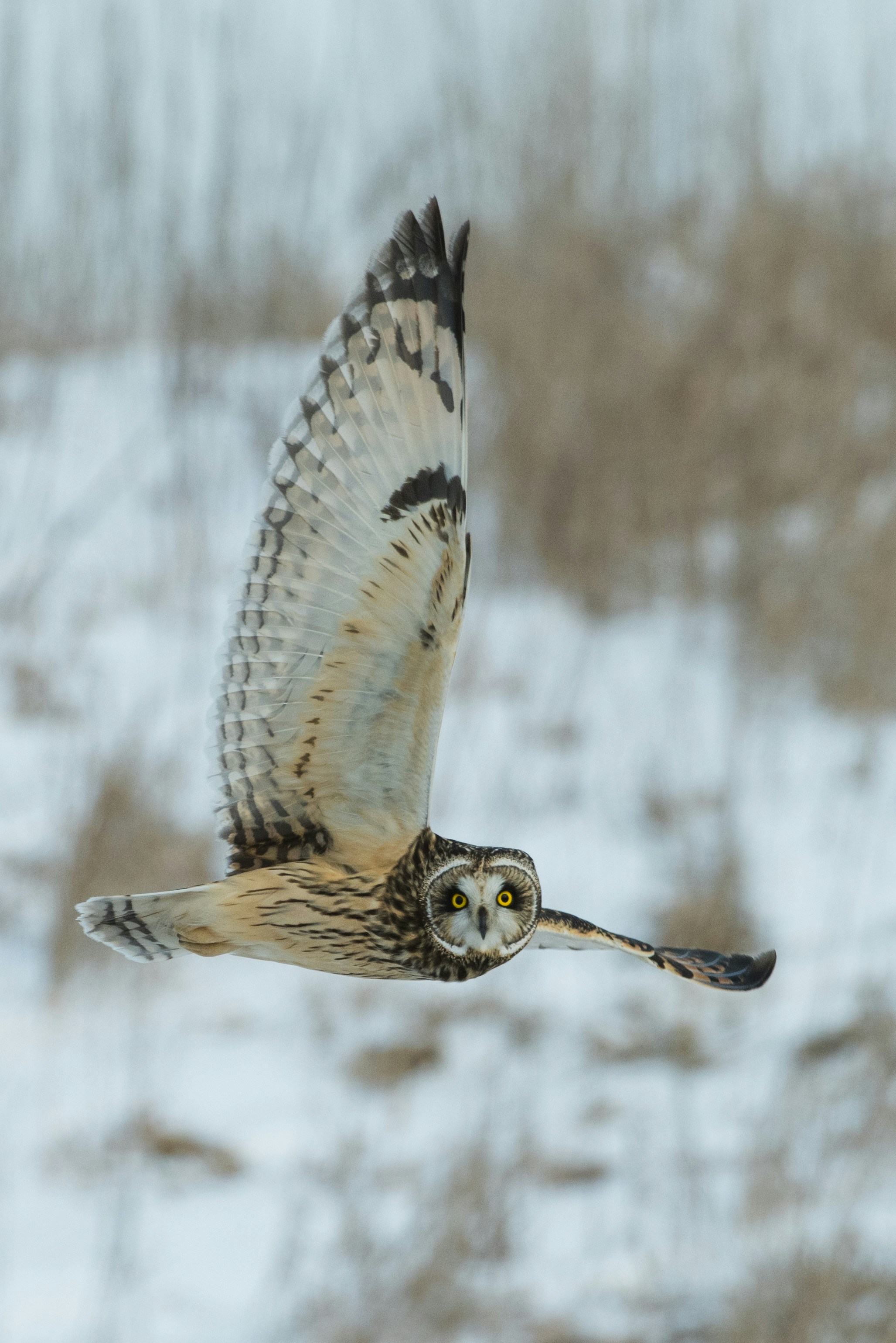When you use Great Photo Recipes links to buy products, the site may earn a commission.
What's The Recipe For This Great Photo?

Title: How to photograph An exceptional day for photographing owls in the wild! After days of snow and cold, the owls were very active and obviously hungry, taking to the air in the afternoon (generally they take to the air around dusk). In the area there were about twenty owls , with as many as ten visible at one time.; time lapse photography of owl flying
Credits: Richard Lee, source, license.
animal's behavior and habitat. Be ready to capture fleeting moments.
• aperture: 7.1 • exposure time: 1/1600 • focal length: 400.0 • ISO: 500
High-end camera gear can be beneficial, but it's not essential. You can use equipment similar to
Nikon D810, that was used for the original photo. Or use any compatible camera.
From RAW to JPEG
Post-processing is indispensable for transforming raw pixels into
captivating, impactful photographs, enriching their storytelling and aesthetic allure.
Tools like
darktable (open-source) or
Lightroom
(commercial)
facilitate adjustments in
brightness,
contrast, and
color,
which
enhances visual appeal, corrects imperfections, and enables creative expression while optimizing photos for various outputs such as prints or social media.
Post-processing isn't a dark art for pro artists or geeks; it's a vital requirement for every image, regardless of its subject or content.